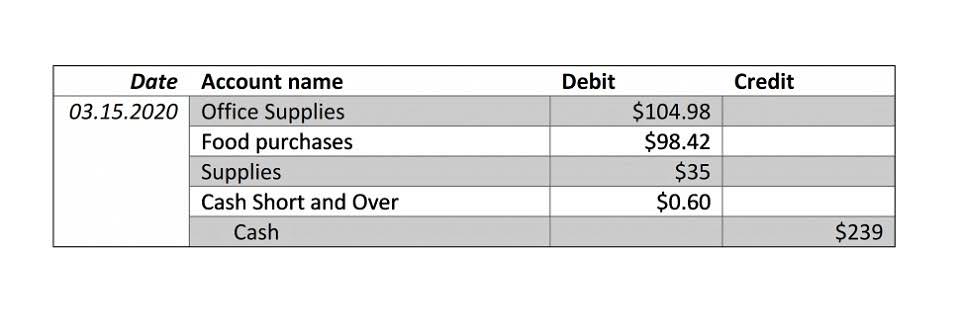
Hence, it makes audit work not efficient, though additional work usually corrects the wrong inference. While the model poses benefits for the auditor and the business, there are a few drawbacks. These include subjectiveness, lack of scope, the chance of fraud, expenditures of time and resources, and incomplete information. Below are the types of cash flow statements and their exact purpose. The income statement highlights which areas the company spends too much for. Referring to the above example, the auditor could have further identified that the sales delivery orders that were not acknowledged by the customers are only related to a small batch of sales transactions in a particular period.
2 AS 2410, Related Parties, establishes requirements regarding the auditor’s evaluation of relationships and transactions between the company and its related parties. Before continuing, we need to understand the various risks included in the model. Since a company’s assets and liabilities are listed, it is easy to see what they owe. Balance sheets answer if the company has enough cash to meet its demands, if its assets are liquid enough, and if it has taken on too many liabilities.
What Is an Audit Risk Model?
Audit risk is a function of Risk of Material Misstatements and Detection Risk i.e. audit risk is a product of these two separate risks. The detection risk of audit evidence for an assertion failing to detect material misstatements is 5%. The audit, therefore, provides (1 – .05) assurance that the financial statements are free from material misstatement.
- GoCardless integrates with over 350 partners, recording transactions at the point of payment to improve accuracy and streamline the accounting workflow.
- When this happens, the auditor would have drawn a conclusion based on those selected samples but had the auditor tested the entire population, the auditor would have derived a different conclusion.
- In this scenario, the auditor has, based on this conclusion, adopted a substantive approach.
- Audit risk model is used by the auditors to manage the overall risk of an audit engagement.
- The conclusion of the audit risk model is that there’s a planned detection risk of 14%, meaning that the auditor needs to manage risks to ensure the risk of detecting material misstatements falls to below this level.
- Table 2 incorporates the premise that no internal control can be expected to be completely effective in detecting aggregate misstatements equal to tolerable misstatement that might occur.
- In such cases, auditor will end up conducting unnecessary additional audit procedures and will later realize on obtaining additional audit evidence that initial conclusions were wrong.
However, such risk can always be managed by ensuring that an appropriate sampling method is used and that the auditor has a sufficient understanding of the population that will be tested. The auditor could then design substantive procedures to address this batch of revenue transactions instead of designating the entire control as ineffective. Of course, such investigation may still cause the auditor to conclude that the control is ineffective as the control may be truly absent and without any mitigating control. Although the auditor may not be issuing an opinion on the effectiveness of control, such a conclusion will have a significant implication on the auditor’s audit strategy. In order to express an opinion, auditor needs sufficient appropriate audit evidence.
Free Accounting Courses
However, there may be a case that the erroneous inferences about a population from a sample are not due to the sample not representative of the population, but due to audit procedures are not appropriately performed. Sampling risk is a risk that the auditor’s conclusion may be different if it is based on the entire population instead of a sample. This type of risk always exists when auditors perform the audit in the audit risk model, audit sampling applies to test on a sample of transactions rather than the entire population. By understanding how the model is limited, auditors and companies can understand how to mitigate these and still provide the proper risk assessments. Acceptable audit risk is the confidence an auditor has that their auditor’s opinion may bring on a misstatement. Sampling risk is always present when not 100% of the population is tested.
In other words, auditors do not need to review all the items in the population to make a conclusion. Below is how the sampling risk is related to the audit tests and results of the audit work. Sample items should be selected in such a way that the sample can be expected to be representative of the population.